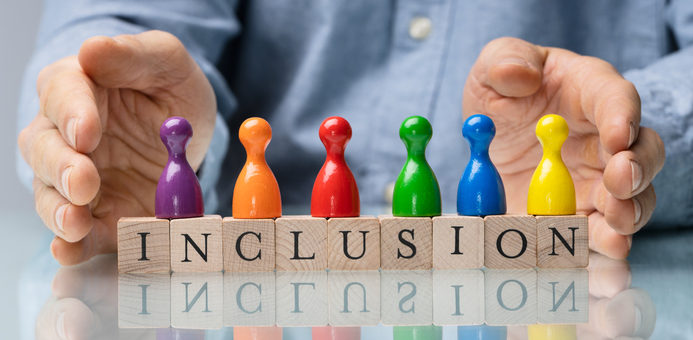 Globalization continues to march ever onward, and today’s workplace is no exception. Employees hail from all corners of the globe, representing various cultures, races, genders, religions, and identities. Creating a welcoming work environment for everyone is not just an ethical necessity but also a strategic one.
Globalization continues to march ever onward, and today’s workplace is no exception. Employees hail from all corners of the globe, representing various cultures, races, genders, religions, and identities. Creating a welcoming work environment for everyone is not just an ethical necessity but also a strategic one.
According to a report from McKinsey & Company, companies in the top quartile for ethnic diversity are 33% more likely to outperform their counterparts in profitability.
Understanding the importance of inclusion. Before diving into the nuts and bolts of creating inclusive workplaces, it’s vital to comprehend why it is so important. Diverse teams lead to better decision-making, innovation and business performance. For example, a study from Harvard Business Review notes that diverse teams are smarter and more innovative.
Due to their varied perspectives, these teams are better at analyzing facts, less likely to succumb to confirmation bias and more likely to produce better results.
Education and active listening are key. Unfortunately, both conscious and unconscious biases exist. However, with proper training and education, these biases can be challenged. Workshops focusing on diversity, equity and inclusion are increasingly becoming standard amongst companies aiming to bridge cultural gaps and misunderstandings.
A report from Forbes highlights how such training has contributed to enhancing collaboration, creativity and profitability in diverse companies.
The cornerstone of understanding and acceptance is listening. By providing chances to learn and encouraging open conversations where employees feel safe sharing their perspectives, businesses can foster a deeper understanding among colleagues.
PREMIUM CONTENT: IT Staffing Gross Margin Trends: 2023 Update
Acknowledge that one size doesn’t fit all. This is crucial, whether it’s considering religious holidays, parenting needs or flexible working hours. Acknowledging and accommodating diverse needs fosters an environment of respect.
Flexible working conditions ensure that employees from various backgrounds feel accommodated and valued, and hosting events or celebrations for various cultural holidays can go a long way in making diverse groups feel recognized.
These events also serve as educational moments for employees unfamiliar with certain traditions or histories.
Cultivate diverse leadership and continually look to improve. Employees need to see people who resemble their backgrounds, beliefs and experiences in positions of power. Diversity at a leadership level not only serves as inspiration but also paves the way for policies that benefit a diverse workforce.
Shockingly, a PwC survey indicated that only 30% of workers said their employers had provided them with support and resources to improve diversity and inclusion within their teams.
This is why continuous improvement and transparency is vital. Leaders should regularly solicit feedback from employees about their company’s diversity and inclusion practices. This should ideally extend to clear criteria for hiring and promotion, meaning all employees feel that they’re on a level playing field. Their insights can provide valuable pointers on what’s working and what’s not.
Embracing diversity is more than just a tick in the box. It’s about creating an environment where all employees feel valued and empowered. Fostering an environment where employees both support and advocate for their diverse colleagues ensures a cohesive and harmonious workplace. This involves encouraging employees to stand up against any form of discrimination they witness and to be allies to underrepresented groups.
By actively promoting diversity and inclusion in the workplace, companies not only uphold values of equality and fairness but also position themselves for greater business success in the global marketplace.